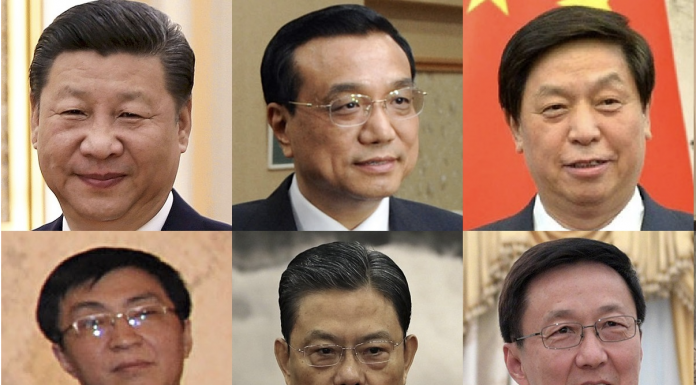GENETIC LITERACY PROJECT – The U.S.–China trade conflict reignited this past week when Beijing announced it would expand export controls on rare earth minerals — elements critical to American innovation in consumer electronics and defense. President Trump quickly threatened 100 percent tariffs on all Chinese imports, sending markets tumbling.
Fearing a deeper selloff, Trump has since toned down his rhetoric, but tensions over trade remain a defining economic and strategic fault line between the two superpowers.
While potential shortages of components vital to high-tech electronics, clean energy, and defense systems dominate headlines, there is a lower profile but equally consequential risk: the nation’s growing dependence on Chinese active pharmaceutical ingredients (APIs) and other drug intermediates — a weakness already tied to ongoing shortages and mounting national-security concerns.
As the name suggests, active pharmaceutical ingredients are the critical active ingredients in many of the pills and injectable drugs sold in the U.S. — from antibiotics and blood pressure medications to cancer treatments. And a staggering share of them comes from one place: China.
This dependency has far-reaching implications for the U.S. economy, national security, and public health – implications magnified by renewed trade turmoil.
Although finished pharmaceutical products are largely protected from tariffs by World Trade Organization rules, the bulk chemicals and APIs used to make them are explicitly exempted under U.S. trade measures. That omission leaves the generic drug market—which accounts for about 90% of all U.S. prescriptions — highly exposed.
If China were to impose an export restriction on any key ingredients, it would be hard to make up that gap,” warned Tom Kraus, vice president of government relations at the American Society of Health-System Pharmacists.
That prospect has become more plausible in view of recent developments. On October 6, President Trump posted that “starting November 1st, 2025 (or sooner, depending on any further actions or changes taken by China), the United States of America will impose a Tariff of 100% on China …



